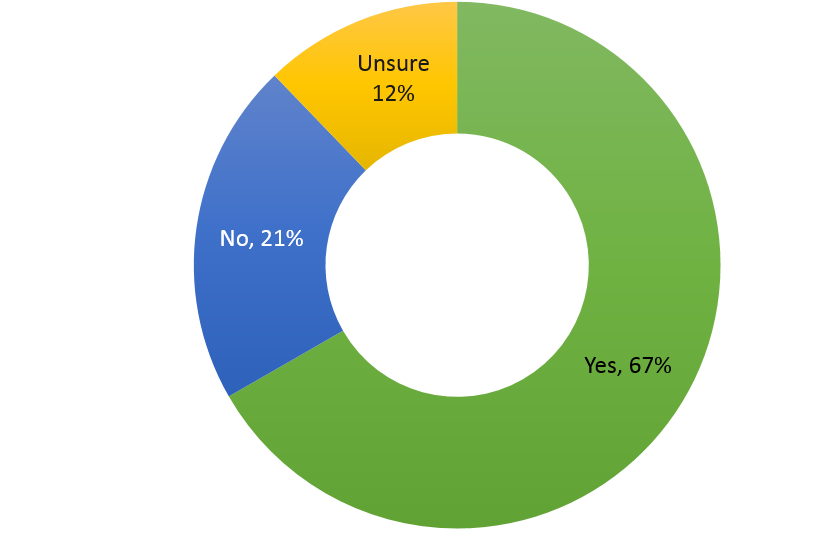
flickr user Arimas
A Telework Option May Help Agencies Compete For Talent
Although management and security challenges remain, mobility could be key for attracting innovative employees.
Nextgov recently reminded us of one of the biggest perks of tech startup life. Not the gorgeous office design that we’re used to coveting, but rather the ability to work at any time or place. Automattic CEO Matt Mullenweg spoke about his problems with the traditional workplace “factory model” at the Lean Startup conference last year, commenting that simply showing up “at the right time...has so little to do with what you create. And we all know people who create a lot without fitting into [9 to 5] norms.”
There is plenty of research supporting Mullenweg’s claims. Autonomy boosts employees’ happiness and creativity, increasing the likelihood that they will feel energized and interested in their work. Progressive companies are allowing for mobility because they believe greater attention to employee lifestyle preferences may be a lasting social phenomenon. Perhaps most importantly, flexibility in work location and hours may not just make employees work better-- it could make them more likely to work for you in the first place. For example, Nextgov says Automattic began as a “distributed workforce” because it was the “easiest way to attract the best engineering talent from around the world.”
The federal government can learn from Automattic’s example as it struggles to attract talent for various reasons, including direct competition for techies overwhelmingly drawn to the private sector. In a recent study, GBC found that government employees demonstrate a similar enthusiasm for working remotely as their private sector counterparts. When given a hypothetical in which they were allowed to telework, 67% said they would choose to do so:
If given the option, would you choose to telework more frequently than you currently do?

Concerns about security likely put a cap on federal telework numbers, but what about those who are already eligible, but don’t yet take advantage? OPM data shows a notable disparity between these groups:
Federal Telework: Participation and Eligibility

So what’s holding people back? The Atlantic revealed this summer that teleworkers sometimes suffer professional setbacks and the judgments of their coworkers, although the levels of each appear heavily dependent on gender: Dads receive the most grace when they ask for flexibility. In GBC’s study, the number one concern respondents had with telework was a cultural one: 36% of respondents identified “negative perception of teleworkers” as a concern, while 29% indicated that they were worried about the “impact on colleague relationships.” Suspicion or negative perceptions of people who work remotely were reinforced earlier this summer by the USPTO’s telework scandal, although Nextgov pointed out that the problem had much more to do with management than with telework itself.
The good news is that while some private sector perks are unlikely to become available to federal employees, a culture change enabling more people to telework effectively is much more attainable. For techniques on how to keep remote employees in the loop, check out GBC’s 4 Telework Tips for Federal Managers.
This post is written by Government Business Council; it is not written by and does not necessarily reflect the views of Government Executive Media Group's editorial staff. For more information, see our advertising guidelines.